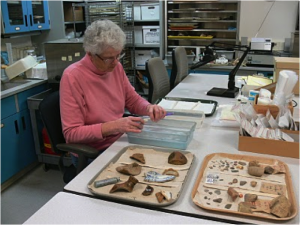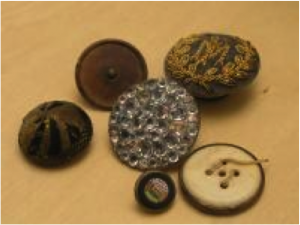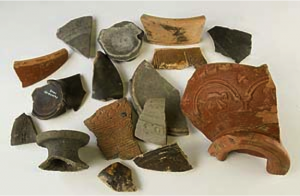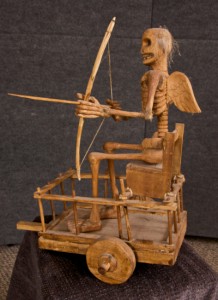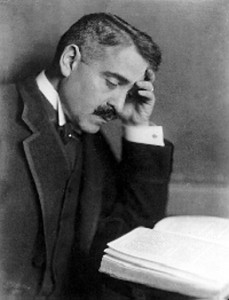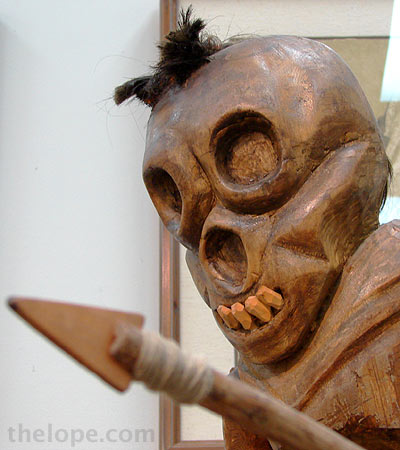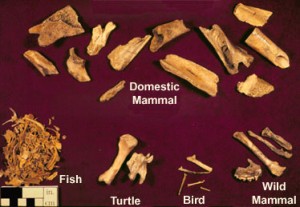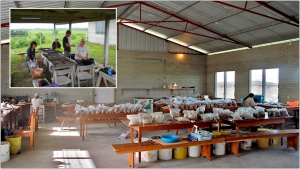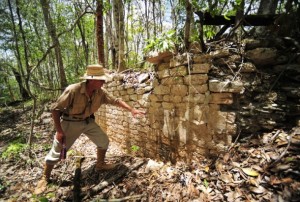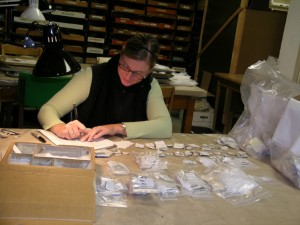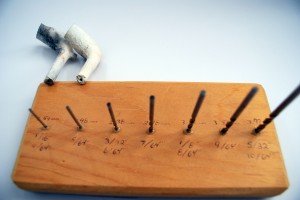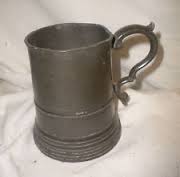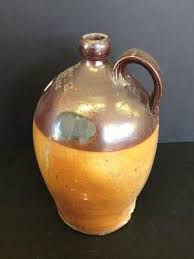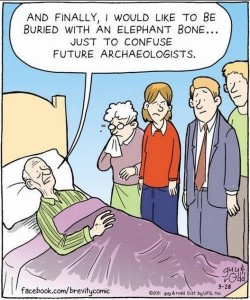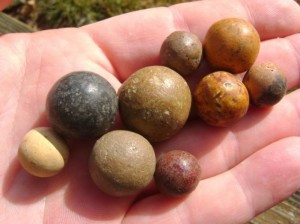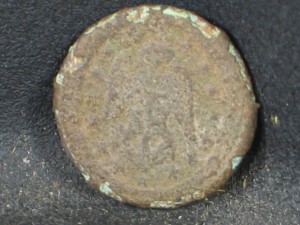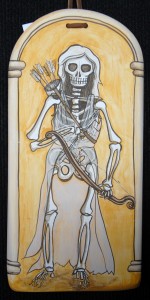What comes to mind when you think of archaeology? Do you think of the archaeologist who seeks to learn and preserve the past—the archaeologist who sees a broken glass bottle as treasure? Or do you think of the stereotypical archaeologist who digs up mummies and gold? Regardless of which you picture, you think of the archaeologist as working in the field. Rarely do people picture archaeologists in the lab. What does archaeological lab work really entail? How do archeologists find out information about artifacts? I didn’t know what to expect when I went to my lab work, but I was excited to find out.
When I walked into the lab, there was a long table with two boxes full of plastic bags in the center of the room. I sat down and took a peek at the contents of the boxes—from my quick glance, I saw bags full of pottery, bones, and broken glass. My professor walked in and told us that our task was to sort and organize artifacts from a site in Annapolis, Maryland. And with those instructions, my first archaeological lab work began.
The first bag I grabbed contained many different buttons. There appeared to be different types of buttons—some were white and shiny while others were rusty and black. After separating the buttons into categories based on appearance, we determined that there were six plastic buttons, eight glass buttons, two metal buttons, and two oyster-shell buttons. One of the metal buttons had an emblem on it—and with some research, my professor determined it was military button from the Civil War period. Thus, we could conclude that soldiers must have been in the area—but for what? Were soldiers just passing through the local tavern? Or was a solider returning home after battle? This question is left hanging until more research is done.
My group sorted about twenty bags of artifacts—some containing rusty nails others with pieces of glass. My two favorite artifacts were the broken pottery pieces and the animal bones. By looking at the material and color, we could sort the pottery pieces into types and estimate the time period it came from. Some of the pottery was white-ware while other pieces were buckley ware and others earthenware. Similarly, by closely looking at the bones, I sorted them into bird, reptile, mammal, and fish bones (with help of course). By working with my professor, I was able to see difference in each type of animal bone. For example, mammal bones are thick and dense while bird bones are mostly thin and hollow. Understanding these differences helped bring me one step closer to being an animal bone expert!
While fieldwork might provide an exciting adventure, it is in the lab that artifacts’ secrets are uncovered. In the lab, archaeologists can learn about the change of artifacts over time, their importance, and their relevance in history. Simply stated, it is in the lab where the past is revealed.
References:
Ashmore, Wendy and Robert J. Sharer. Discovering Our Past: A Brief Introduction to Archaeology. New York: McGraw- Hill, 2012. Print.
Image 1: http://twipa.blogspot.com/2011_01_01_archive.html
Image 2: http://www.antiquebuttons.nl/index_en.php?p0=history_of_buttons
Image 3: http://www.culture24.org.uk/history-and-heritage/archaeology/art72020

